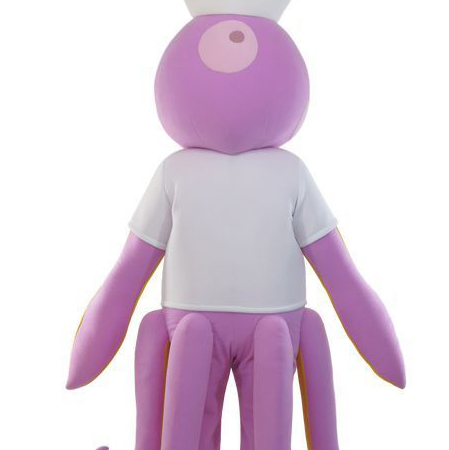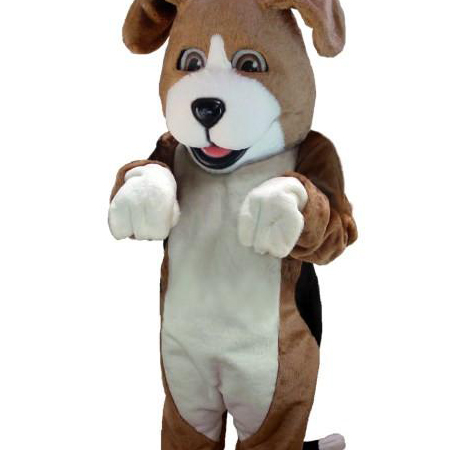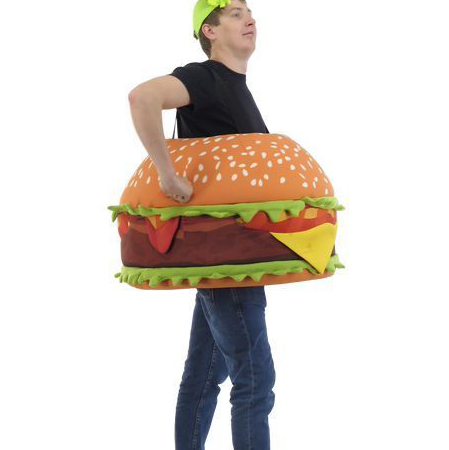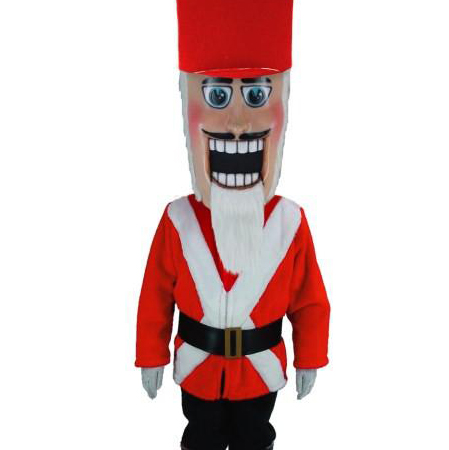Designing an eye-catching lion mascot costume is an intricate process that blends creativity, engineering, and performance art. Whether for a sports team, school, or corporate event, a well-designed lion mascot can captivate audiences and leave a lasting impression. This article delves into the journey from conceptualization to the final creation of these dynamic costumes.
Understanding the Concept
The initial phase in designing a lion mascot costume involves a deep understanding of its purpose and audience. Is it intended for children, adults, or both? Will it be used indoors, outdoors, or in various weather conditions? These questions guide the creative direction. The designer must consider the character’s personality, whether it should be friendly, fierce, or playful, as this will influence the costume’s overall design and color scheme.

Developing the Design
Once the foundational concepts are established, the creative process begins with sketches and digital renderings. Artists work on creating a visual representation that captures the essence of a lion while ensuring the costume is functional for movement and comfort. This stage often includes experimentation with colors, textures, and details such as manes, tails, and paws. Collaboration with clients or stakeholders is crucial here to refine the design until it perfectly aligns with their vision.
Material Selection
Choosing the right materials is vital for the success of a mascot costume. The materials must be lightweight yet durable enough to withstand vigorous activities like jumping, running, and dancing. Common choices include foam, fabric, and plastic components that are easy to shape and assemble. Additionally, considerations for ventilation and breathability are essential to ensure the wearer remains comfortable during extended performances.

Pattern Making and Construction
With the design and materials selected, the next step involves creating patterns for each component of the costume. Patterns are typically made using templates based on the initial sketches. These patterns guide the cutting and sewing of the fabric, ensuring all pieces fit together seamlessly. The construction phase requires meticulous attention to detail, from seam alignment to attaching features like ears, eyes, and noses.
Assembly and Fitting
After constructing the individual components, they are assembled onto a framework designed to fit the wearer comfortably. This could involve a combination of hard and soft elements, such as a padded body suit covered by a fabric exterior. Multiple fitting sessions may occur to make necessary adjustments for movement and comfort. Ensuring the costume allows full mobility without restricting the performer is crucial for effective use.

Finishing Touches
Adding the finishing touches brings the lion mascot costume to life. Painting, airbrushing, or adding decals can enhance facial features and other intricate details. Accessories like manes and tails may be added, either through additional sewing or attachment mechanisms like zippers and Velcro. A final inspection ensures all parts are securely fastened and ready for action.
Testing and Delivery
Before the costume is officially delivered, thorough testing is conducted to simulate real-world conditions. This includes checking for any sharp edges, loose components, or areas prone to tearing. Once approved, the costume is carefully packaged and prepared for delivery, often accompanied by care instructions to maintain its quality and prolong its lifespan.

Creating an eye-catching lion mascot costume is a labor-intensive but rewarding endeavor. It combines artistic flair with practical engineering to produce a dynamic piece that brings joy and excitement to countless events. Through careful planning, thoughtful design, and skilled crafting, mascot costumes become more than just attire they transform into beloved characters that leave an indelible mark on everyone they encounter.
